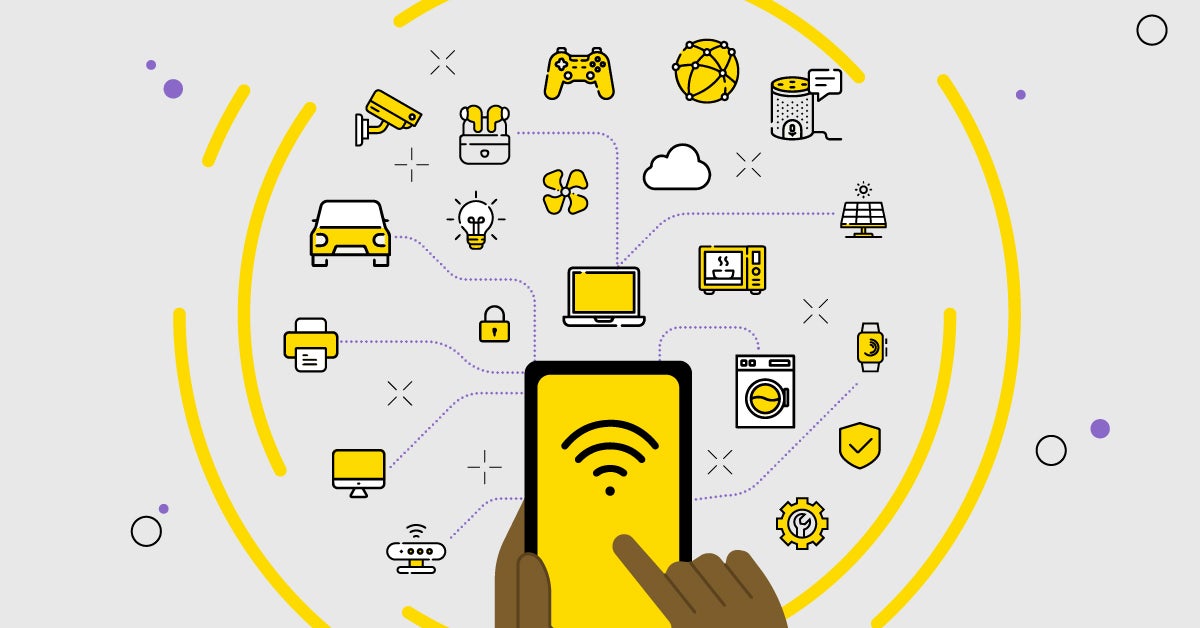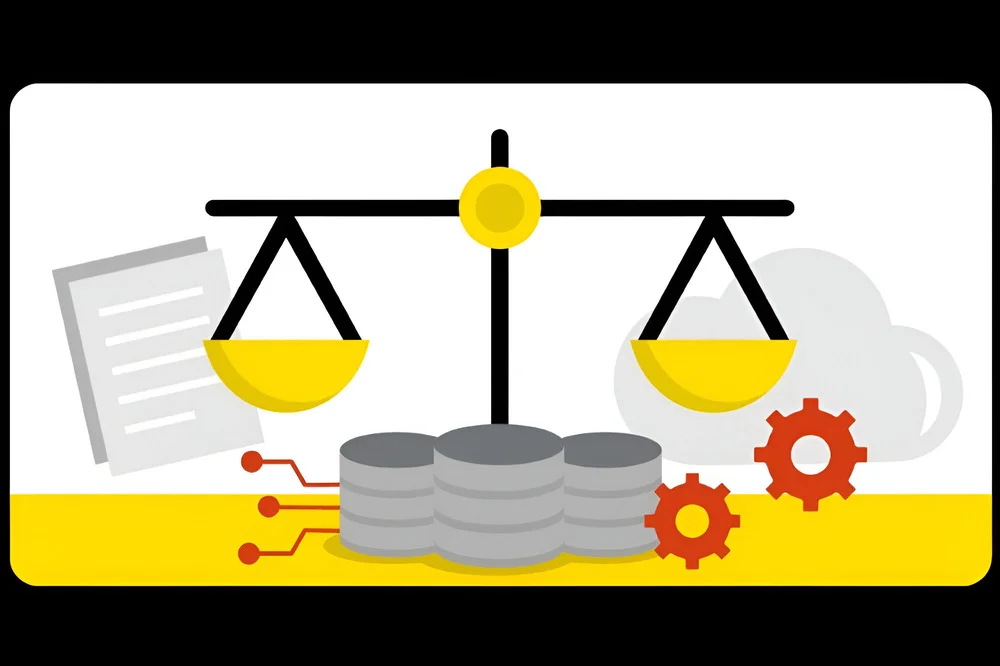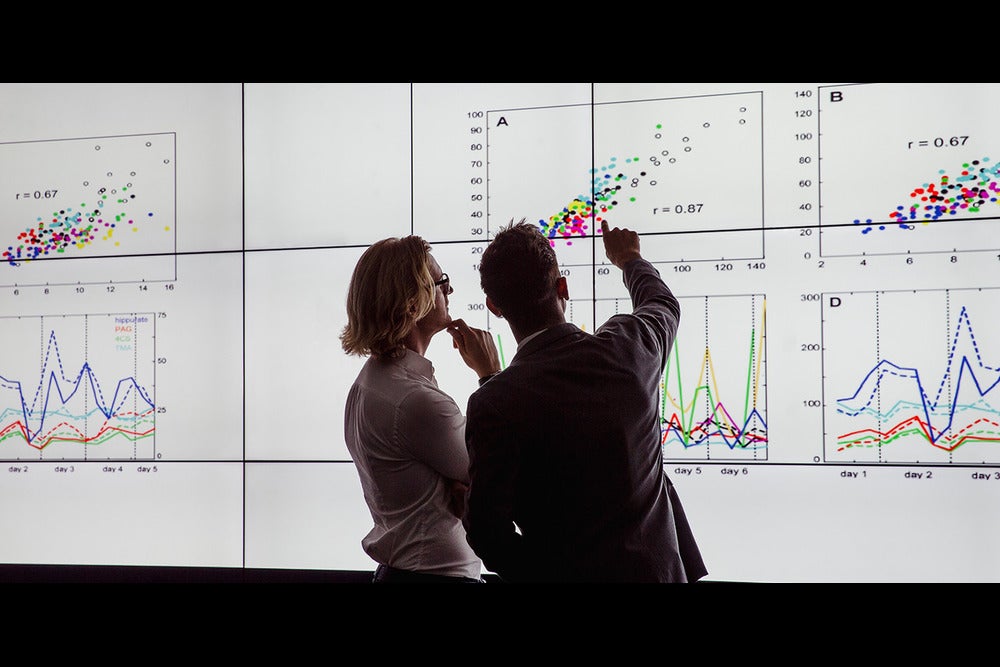How data science is transforming the way we talk to computers
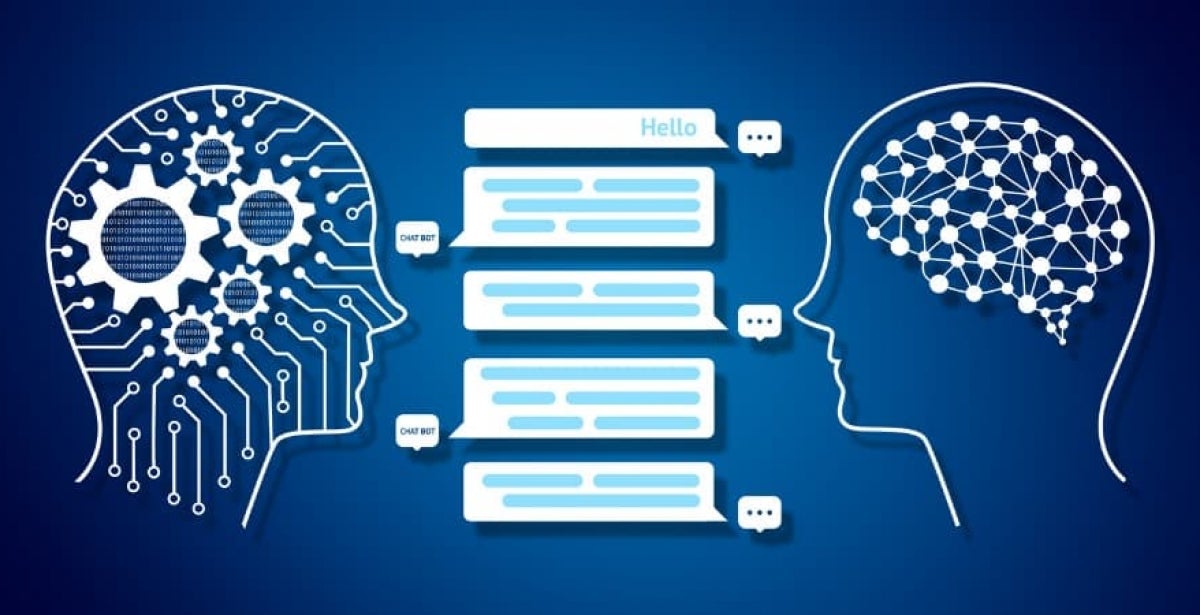
User Interface (UI) design has long been a priority for the computing industry, as companies have sought to differentiate themselves from their rivals by making their products easier to use or by providing new ways to use them. However, until relatively recently, the evolution of UIs was limited by the fact that the only meaningful way to use a computer was through mouse clicks, keystrokes, and screen touches.
Through advancements in Natural Language Processing (NLP), data scientists have changed that paradigm, powering a major leap forward for UIs in the process. NLP-powered voice recognition technology allows humans to access information from a computer simply by talking to it, eliminating the need to navigate through a hierarchy of menus or by scrolling down a screen. This means information can be quickly retrieved without the user needing to know where it’s located, enabling the creation of services that would be impractical to use via traditional UIs.
NLP, explained in-brief
Natural Language Processing is a machine learning technique that allows computers to interpret and create “natural language”, i.e. human communication. Data scientists train NLP programs by showing them examples of relevant human communication (voice/text), which enables those programs to recognise sounds/text as words and to attach meaning to those words based on how the computer previously saw them used. Through this process, NLP programs can be taught to re-interpret human speech into specific instructions or commands.
Data scientists did not invent the ability of machines to react to human communication; however, they did invent the ability of machines to do so intelligently. Previous speech recognition software relied on the pairing of simplistic voice-matching algorithms with a discrete set of rules that prescribed how to respond to a limited list of commands. These programs’ suffered from poor accuracy and could only carry out commands they had been explicitly trained to recognise.
Advancements in computing technology and the creation of deep learning algorithms provided data scientists with the tools to overcome these limitations. Deep learning models have the ability to autonomously identify the most important features of a dataset, including the most important features of human speech. This enables them to quantify the key features of human speech with more accuracy than a human, in-turn enabling voice recognition technology to accurately interpret a variety of different accents and speaking styles.
These capabilities make deep learning an integral part of modern NLP. By feeding massive amounts of natural language data into deep learning models, data scientists can train machines to recognise natural language with high accuracy. Further, as they have the ability to interpret instructions as natural language, NLP products can execute user instructions without the need to rely on a predefined list of possible commands.
NLP and The Cloud
The emergence of high-accuracy NLP has been heavily influenced by the growth of high-speed cloud services. The 2011 release of Apple’s digital assistant, Siri, was the first major release of a cloud-based NLP service, and every major digital assistant released since Siri has been powered by the use of cloud technology.
The growth of cloud services has been key to the emergence of voice-recognition technology. NLP is computationally expensive, and while not all NLP services need the cloud, complex services—such as the digital assistants offered by companies such as Google, Amazon, and Apple—require significant processing power. By running their services from the cloud, companies can leverage their own computing infrastructure to process user requests instead of relying on a users’ computer or smartphone to do the work.
Smaller companies also utilise cloud services to power their NLP technology. As these companies usually can’t afford to purchase their own data centres, they typically power their cloud services by requisitioning computing resources from a third-party provider such as Amazon Web Services. The ability to do this has helped to encourage a proliferation of smaller companies that offer NLP services, further hastening the advancement of the technology.
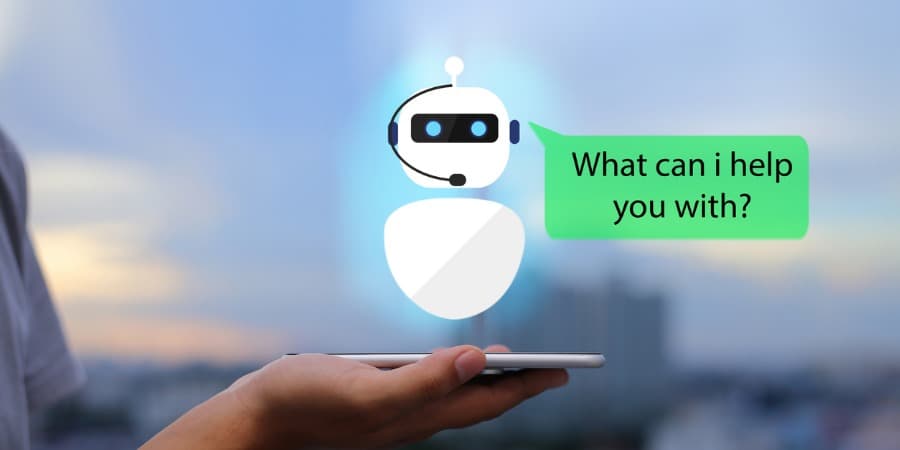
NLP is creating new ways to use computers
At its core, NLP is about making information easier to access and computers easier to control. Voice recognition technology enables computer control through natural speaking, without the need for a screen. Text-based NLP creates similar functionality via products such as chatbots. NLP has also been used to improve the accuracy of services such as machine translation.
Voice-control enables the use of services that would be impractical to use via traditional methods of user interface. Digital assistants such as Siri, digital-assistant enabled smart speakers such as Google Home and Amazon Echo—and the various “smart home” products designed to integrate with these services—are all examples of technologies that NLP has either made possible or made practical.
The above NLP-driven products have had widespread consumer adoption, fueling a consumer shift towards language-driven UIs. Many niche services, such as customer service chatbots, are also being developed to take advantage of the technology. These chatbots range in sophistication, from simple tools that are capable of providing a limited range of interactions, to advanced bots that are capable of simulating a conversation and which may act as a product’s primary UI.
The fashion and beauty industry is well-known for its use of chatbots. These firms typically use relatively simple chatbots that can ask customers about their interests and offer product suggestions based on the responses they receive. On the more complex side, Woebot Labs offers a “therapy chatbot” that can simulate therapeutic conversations with users. Due to the nature of its work, Woebot is trained to detect if a user may need urgent help and to react by providing the user with contact information for a relevant crisis helpline.
NLP's two halves: NLU and NLG
NLP can be divided into two subgenres: natural language understanding (NLU), and natural language generation (NLG). NLU refers to the ability to interpret the meaning of human communication, whereas NLG refers to the ability to reproduce it.
Natural language understanding is a pivotal element of the ongoing development of artificial intelligence technology, as language is a key aspect of high-level cognition. NLU is considered an “AI complete” problem, which means that human-level NLU program will only be possible through the creation of machines with human-level intelligence. Every NLP product and service relies on NLU techniques for at least part of its functionality.
Natural language generation refers to the creation of language content, such as a letter or report. NLG programs learn how to create content by identifying statistical relationships between words in the texts that they are trained on. They are effective for creating simple texts, but less-so for more complex and expressive unstructured content.
The following line, from a startup’s attempt to use AI to write a Harry Potter novel, illustrates the current limitations of NLG:
"What about Ron magic?" offered Ron. To Harry, Ron was a loud, slow, and soft bird. Harry did not like to think about birds.
These limitations are caused by the complexity of everyday human communication, which does not rely on a strict set of grammatical conventions or formal rules to create meaning. This is why NLP services are capable of carrying out more advanced tasks when used in professions that require communication to follow formal standards, such as medicine and law.
For example, Blue J Legal—a Canadian tech startup—has developed an NLU program that can interpret existing case law in order to make accurate predictions about how a judge is likely to rule on a new case. In medicine, researchers at Google have created an AI that can listen to physician-patient conversations and turn them into formal clinical notes, reducing the amount of time that physicians need to spend on documentation issues. A number of other companies are developing similar products.
A career in data science
A career in data science offers the opportunity to shape the future of human-machine interaction.
Whether you’re interested in a specific use for NLP, or want to explore the full gamut of what artificial intelligence has to offer, the University of New South Wales’ flexible online data science programs offer the training necessary to pursue your goals—their postgraduate, graduate certificate, and graduate diploma programs all place heavy emphasis on the machine learning techniques that lay at the heart of NLP development. UNSW is also internationally recognised as a top school for statistics, mathematics, and other core data science subjects, so you can be confident that you’re graduating from a globally competitive program that teaches the skills necessary to succeed in the field.
Advances in NLP technology are transforming the way that humans interact with machines, and as a result, how humans interact with each other. If you want to be a part of that transformation, a master of data science program at UNSW provides the ideal way to get started. Speak to our Student Enrolment Advisors today on 1300 974 990.

